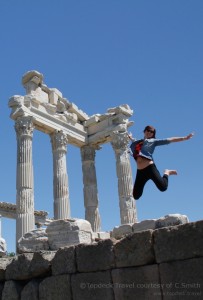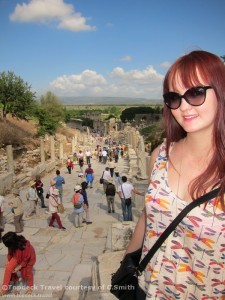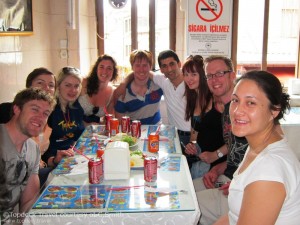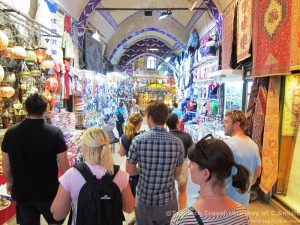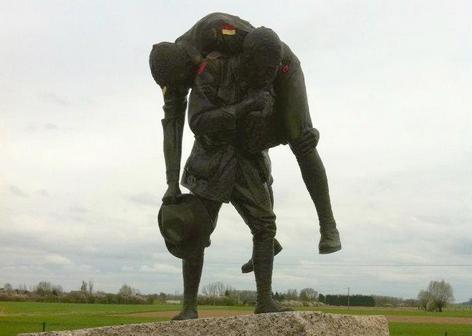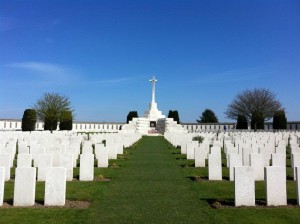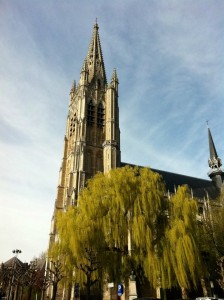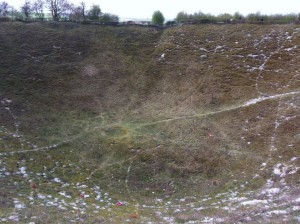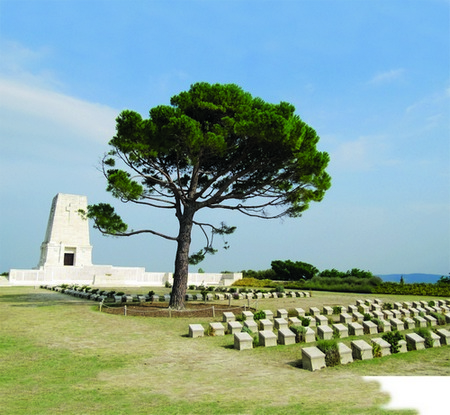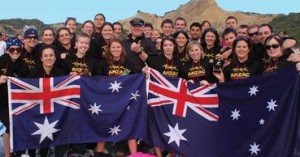ANZAC 2013, Gallipoli: Lest we forget
Thursday, May 2nd, 2013An ANZAC recount by Topdeck Trip Leader, Luke Vandenhurk.
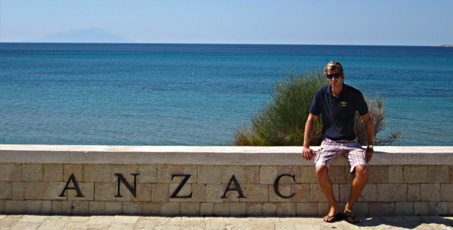
The first day on our ANZAC trip included visiting Istanbul’s majestic Blue Mosque, carrying our shoes whilst attempting to count the 20,000 ornate blue tiles. We wandered through the famed Hagia Sophia, brought fez hats in the Grand Bazaar, went cruising on the Bosphorus and finished the day watching belly dancers work their magic whilst enjoying a three-course Turkish feast (well they were dancing and we were eating).
Following on from our traditional Turkish feast we visited the seaside resort town of Kusadasi where we enjoyed some sunshine, local Efes beer and a hat-themed party in the nearby Pacha nightclub. Some of the other guys on the trip must have been inspired by the belly-dancing show the night before and proceeded to emulate the moves on-stage. Posthumous best-hat awards go to the guy with a watermelon on his head and second prize for the girl sporting the hotels’ complimentary shower-cap all night!

On-route to Gallipoli we stopped at the ancient city of Troy, said to be the setting of the legendary Trojan War in the 13th Century BC. Whilst sadly Brad Pitt and Rose Byrne were no longer there, a large wooden horse remains, which I thought to be equally as interesting. After obligatory photos in front of the Camilla Parker Bowles lookalike, we set off on a ferry across the Dardanelles Strait and onto Anzac Cove.
As the gates opened at 6pm, the masses of Aussie and Kiwi pilgrims quickly descended on the grassy slopes of Anzac Cove. It was a serene, peaceful night, with the fall moon casting an amber glow across the Aegean Sea. The ceremony begun with a moving account of the ANZACs treacherous landing some 98 years ago. As we listened in silence, the cool night air barely gave a hint to the harsh realities the soldiers would have faced as they struggled ashore on that very day in 1915. A respectful atmosphere prevailed through the night with a sea of sleeping bags and national flags surrounding the 5000 people camped out under the stars.

The morning Dawn Service was followed by a trek up to Lone Pine and Chunuk Bair, to watch the Australian and New Zealand memorial services. The well-worn path giving some clues to the rough terrain and steep cliffs the soldiers would have fought on carrying their 30kg packs. The seven kilometre route gave us all time to reflect on the 11,500 ANZACs that died in the Gallipoli campaign.
We saw Turkish and Allied tunnels built so close together that the ‘diggers’ could hear the enemy at work. We listened to stories of bravery, heroism, sacrifice and mateship from the 8-and-a half month campaign. We watched the documentaries detailing events from Turkish, Australian and New Zealand perspectives. We touched the soil that holds so many lost sons. But most of all we felt the Anzac Spirit that was created at Gallipoli and today manifests itself proudly in the hearts of Australians and New Zealanders around the world.
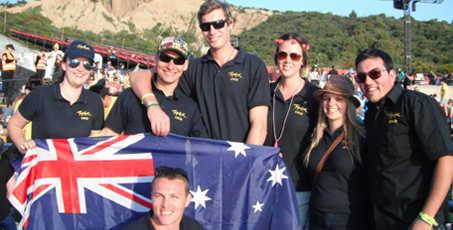
Over the course of our trip we ate many kebabs, haggled with shop vendors, enjoyed 4 star hotel luxury, ate some more kebabs and saw some pretty amazing sights along the way. Most importantly, we had the opportunity to witness an intensely moving ceremony which brought to light the incredible sacrifices made by the ANZAC soldiers for the young nations of Australia and New Zealand.
Lest we forget.
2014 will mark the 99th anniversary of the Gallipoli landing and you can experience all the history, culture, adventure and fun on any of our ANZAC packages. For information on the 100th anniversary, please contact info@topdeck.travel.
